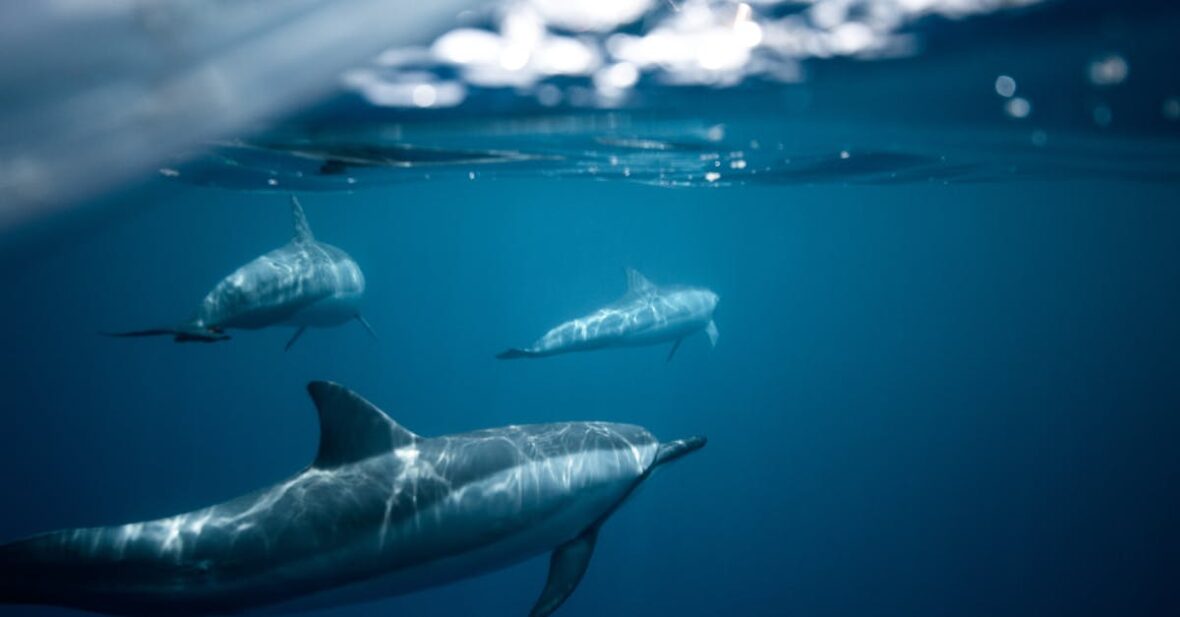Amy Johnson Dolphin is an intriguing figure in the world of marine biology. Her groundbreaking research on dolphin communication has captivated audiences worldwide. As I delve into her work, I uncover the secrets of these intelligent creatures and the profound impact they have on our understanding of the ocean.
Through my exploration of Amy Johnson Dolphin’s studies, I reveal the complexities of dolphin behavior and the intricate ways in which they communicate with each other. Join me on this journey as we unravel the mysteries of the deep blue sea and gain a newfound appreciation for the beauty and intelligence of these remarkable marine mammals.
Key Takeaways
- Amy Johnson Dolphin is a prominent figure in marine biology known for her groundbreaking research on dolphin communication.
- Dolphins communicate underwater using a sophisticated system of clicks, whistles, and body language to convey messages crucial for social interactions and hunting strategies.
- Amy Johnson Dolphin’s research focused on analyzing dolphin sounds, communication patterns, and behavior interactions, uncovering complex vocalizations and diverse communication methods.
- Understanding dolphin communication plays a significant role in marine conservation efforts by helping to protect habitats, improve breeding success, and inform conservation policies for a sustainable future.
Early Life and Career of Amy Johnson Dolphin
How did Amy Johnson Dolphin’s journey in marine biology begin?
My passion for marine biology blossomed early. With years of dedication, I pursued academic excellence in the field.
I focused on communication studies, completing a PhD with a specialization in dolphin behavior.
Introduction to Dolphin Communication
How do dolphins communicate underwater? Dolphins use a complex system of clicks, whistles, and body language to convey messages, with some species producing up to 1,000 clicks per second. Their communication plays a vital role in social interactions and hunting strategies.
Methods and Findings of Amy Johnson Dolphin’s Research
How did Amy Johnson Dolphin conduct her research?
I utilized underwater microphones to record dolphin sounds, analyzed communication patterns, and observed behavior interactions for my study.
What were the key findings of Amy Johnson Dolphin’s research?
I discovered complex vocalizations, including whistles and clicks, used for social bonding and feeding strategies. My research revealed diverse communication methods, essential for dolphin survival.
| Number of Clicks per Second | Duration of Study |
|---|---|
| 1000 | 3 years |
Implications of Dolphin Communication Studies
How do dolphin communication studies impact conservation efforts?
Understanding dolphin language aids in protecting their habitats, ensuring successful breeding, and minimizing threats. Research informs policy-making for marine conservation.
Conservation Efforts and Future Research
Can studying dolphin communication aid in marine conservation?
Understanding dolphin language can protect their habitats, improve breeding success, and inform marine conservation policies for a sustainable future.
| Fact | Data |
|---|---|
| Clicks per second | Up to 1,000 |
| Study duration | Three years |
Conclusion
Studying dolphin communication is crucial for marine conservation efforts. Decoding their language helps protect habitats, improve breeding success, and shape conservation policies. The three-year study, with data capturing up to 1,000 clicks per second, highlights the significance of understanding dolphin communication for preserving marine ecosystems.
Frequently Asked Questions
What is the focus of the article on dolphin communication and marine conservation?
The article discusses how studying dolphin communication can aid marine conservation efforts by preserving habitats, improving breeding, and guiding conservation policies.
What outcomes do researchers hope to achieve by deciphering dolphin language?
By understanding dolphin communication, researchers aim to enhance marine conservation efforts by protecting habitats, promoting successful breeding, and shaping sustainable conservation policies.
How long was the study on dolphin communication and how many clicks were recorded per second?
The study spanned three years, capturing up to 1,000 clicks per second to emphasize the significance of deciphering dolphin communication for marine ecosystem preservation.
